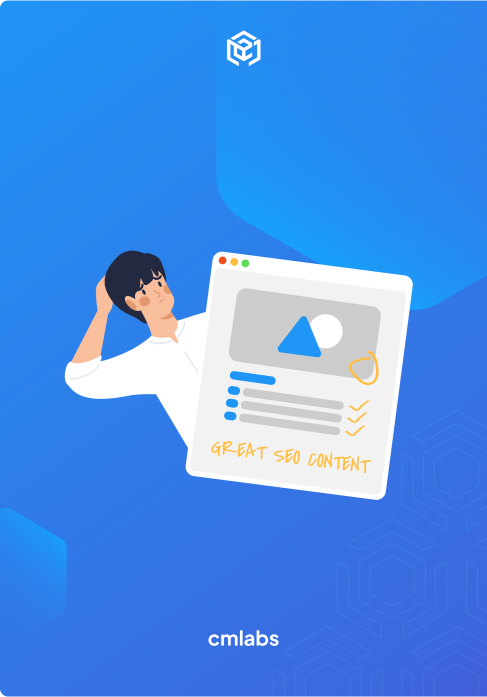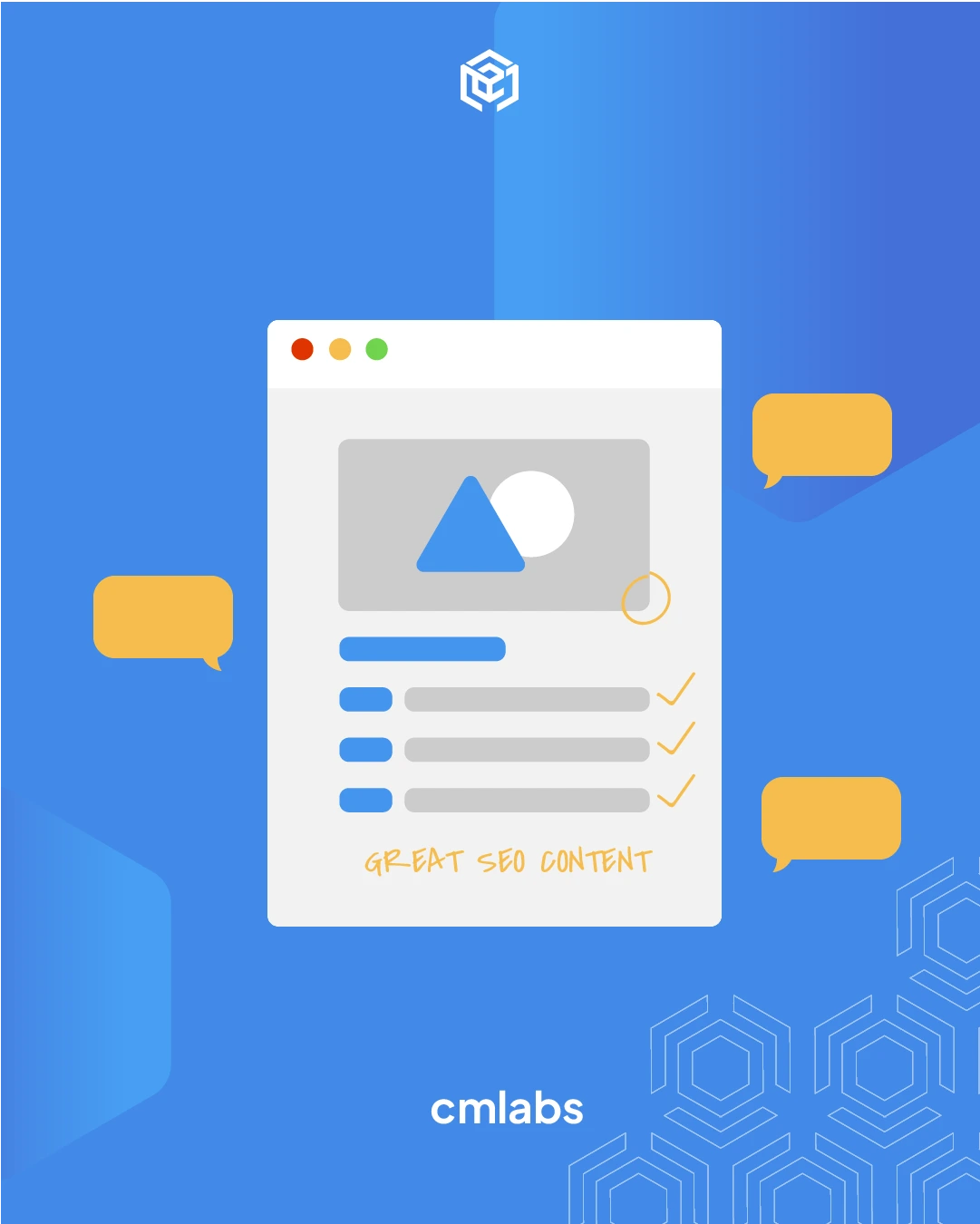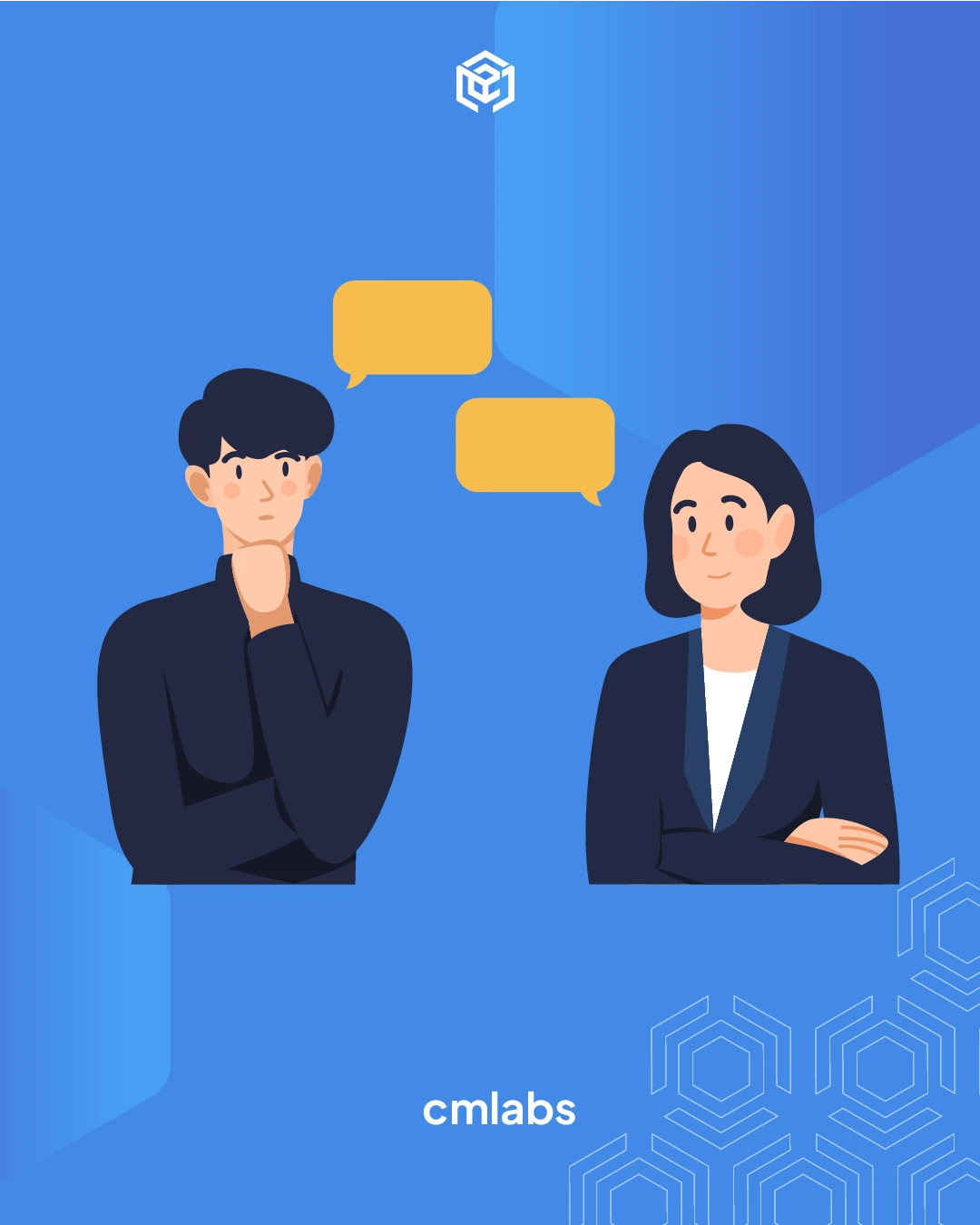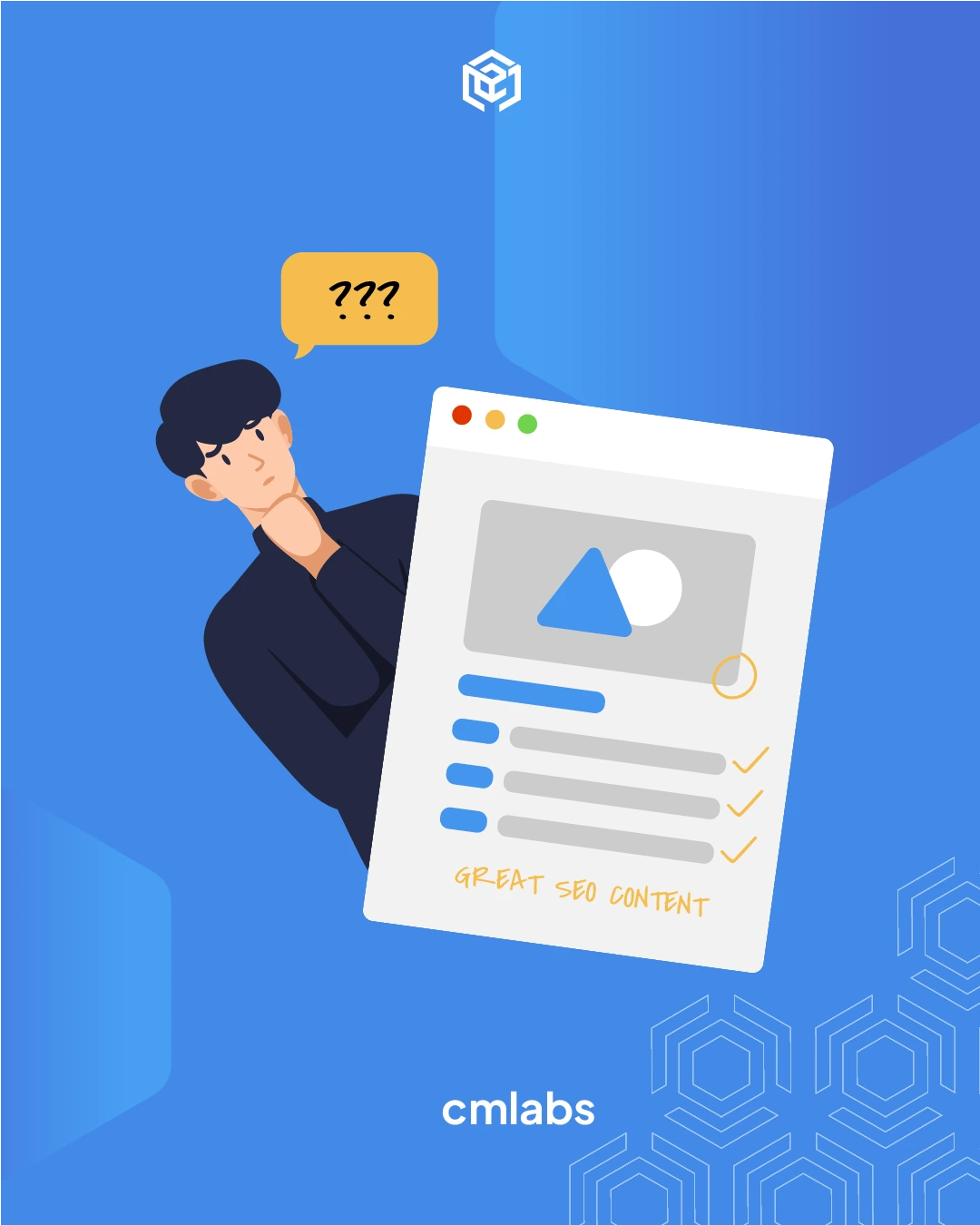We use cookies
This site uses cookies from cmlabs to deliver and enhance the quality of its services and to analyze traffic..
SEO SERVICES
Conduct in-depth technical website audits, strategically develop website projections, and increase your website authority.
ASO SERVICES
Elevate Your App’s Presence with Our Expert ASO Services – Boost Visibility and Drive Downloads!
WRITING SERVICES
We offer a variety of writing services to suit different business necessities. Reach broader audiences or lead specific industries? We've got you covered!
Get relevantly positive media exposure from bloggers and online publishers to increase your brand mentions on search engine results pages.
SEOlutions
A unified source of truth!
SEO & Digital Maternity Solution
SEO & Digital Maternity Solution: Leverage Cross-Platform Insights to Elevate Your Strategy with Expert Consultation
SEO & Digital Maternity Solution
Data Solution options:
Starting from Rp200 mio
Reinventing how a company get creative treatments
A new way to get your creative needs done. Agile team, efficient cost, and expedient way in a flexible yet scalable subscription plan!
Creative-as-a-Services
CaaS package options:
Based on Subscription
Pioneer in digital marketing software powerhouse
We’re excited to unveil our new range of Tech Solutions designed to drive your digital success. Whether you’re looking to enhance your website’s performance, streamline your tech stack, or unlock deeper insights from your data, we’ve got you covered.
Starting from Rp250 mio
Our Clients
Research and innovation center for digital transformation
Digital marketing combines technical skills and business knowledge at every stage. For marketing teams, improving budget management efficiency is crucial, as time is an invaluable resource that should be used wisely. At Sequence, we are dedicated to empowering you to optimize efficiency and strategic planning, ultimately enhancing the impact of your digital marketing efforts.
Subscription-based (IDR1,800/keyword)
Our Clients
BeyondSEO
References
SEO Tools for Webmasters
SEO Tools for Writers
SEO Tools
FIND THE SUITABLE PARTNERSHIP FOR YOUR COMPANY
Check out which cmlabs partnership program suits your company
WHITE LABEL SEO
for CorporateYour company is granted exclusive partnership rights to provide SEO services to our important clients, and we will provide a dedicated backend team to support your efforts.
AFFILIATE PROGRAM
for BizdevA new affiliate program is being introduced for skilled marketers and individuals with strong networks, offering commissions of up to 7% for generating profits independently.
DIGITAL AGENCY
for Marketing Partnerscmlabs is an essential partner for digital agencies, providing a unique selling proposition in Search Engine Optimization (SEO).
BACKLINK PARTNERSHIP
for Media / BloggerWe have a vast database of bloggers and media outlets across Indonesia, categorized by region and media type, giving our clients an edge in managing their media and SEO activities.
OFFICIAL TRAINING
We provide ongoing professional development and support to SEO professionals to ensure they are equipped to meet market demands.
JOIN AS CONTRIBUTOR
for Content WriterGreat opportunity for SEO Writers around the world. T&C applied!
ACADEMIC PARTNERSHIP
Through partnerships with universities in Indonesia, cmlabs has helped align academic curricula with industry demands.
Partnership
Sector & Industries
Tell us your SEO needs, our marketing team will help you find the best solution
As an alternative, you can schedule a conference call with our team
Schedule a Meeting?Contact
Survey
We use cookies
This site uses cookies from cmlabs to deliver and enhance the quality of its services and to analyze traffic..
Last updated: Apr 26, 2023
An SEO timeline is a strategy planning flow that is categorized into certain stages based on a predetermined time period.
At each stage, the focus of optimization will be distinguished. The activities will also be detailed, such as keyword research, on-page optimization, link building, and data analysis.
Having a schedule for website optimization activities using the timeline can help ensure a predetermined workflow.
Therefore, it is expected that the related team can complete their tasks according to schedule so that the optimization plan can be carried out in a measurable and effective manner.
Understanding the SEO timeline alone is not enough to help you maximize your website optimization efforts.
For that, you need to know the factors that affect SEO so you can create a timeline that suits your needs.
Considering that SEO is a strategy that takes a long time to generate results, identify the following factors that affect website performance:
As previously mentioned, SEO is a website optimization strategy that takes a long time.
Unlike SEA (search engine advertising), which relies on advertising for conversion needs in a short time, SEO relies on organic traffic to increase visibility on the SERP.
Therefore, to speed up the SEO timeline and maximize optimization performance, you need to do the following:
One of the things that is highly prioritized in SEO is the creation of quality content. To bring in traffic organically, the content created also needs to answer user questions.
Automatically, content that contains relevant information will more easily rank high because of its relevance to keywords in search queries.
Therefore, it is important to create SEO-friendly articles that contain information relevant to the search topic.
Make sure keywords are used ideally, namely with a range of 1% to 2% per content. Check keyword density using the Word Counter from cmlabs.
Besides using keywords in the body of the content, be sure to include them in the title tag and meta description.
That way, article quality raters like Google Rater can give high marks to your website pages.
Considering that SEO takes time to achieve optimal results, you also need to target KPIs (Key Performance Indicators) that match your optimization efforts.
In order to measure website performance precisely, it would be more logical if you targeted smaller milestones first.
After a few months, KPI targets can be increased regularly and monitored so that achievement results increase regularly.
One of the most common obstacles encountered in website optimization projects is the lack of communication between teams.
This can cause difficulty in solving problems that should take a short time.
Therefore, make sure to streamline the flow of communication so that the process of implementing SEO efforts can go smoother and the results can be seen as quickly as possible.
WDYT, you like my article?
Couldn't find result for "Mulki" try to search with different keyword
Suggestion:
Tell us your SEO needs, our marketing team will help you find the best solution
As an alternative, you can schedule a conference call with our team
Schedule a Meeting?



cmlabs Jakarta Jl. Pluit Kencana Raya No.63, Pluit, Penjaringan, Jakarta Utara, DKI Jakarta, 14450, Indonesia
(+62) 21-666-04470These strategic alliances allow us to offer our clients a wider range of SEO innovative solutions and exceptional service.

Psst! Hey there, SEO Stats and Tools SEO company! If you've ever planned of conquering the Indonesia market, you've come to the right place!